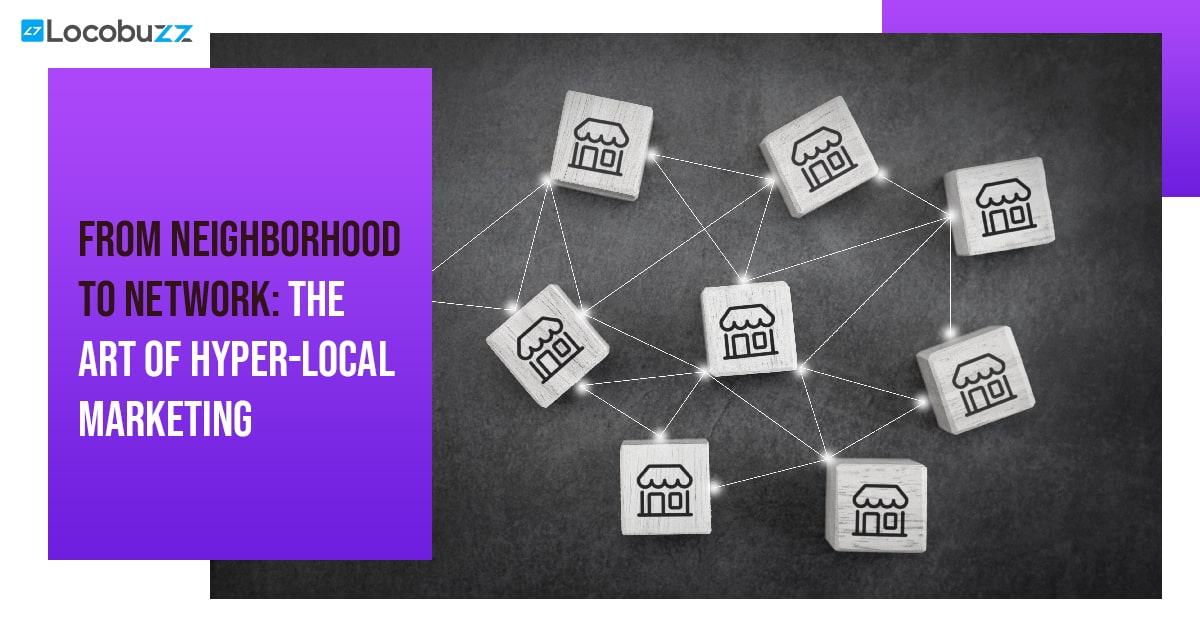How To Map & Measure the Customer Journey

Do you remember the last time you shopped online? All the steps you took to finally bring that product home was your customer journey be it comparing websites or negotiating price.
The customer journey is the overall experience a customer has with your product, business, or brand. It is not only about purchasing a product; it also includes visiting your website, signing up for a demo, registering for updates, revisits, time spent on your website, submitting a review, monitoring social media, and much more.
It is physically impossible to manage all of these activities. This is where customer journey mapping can help. In this article we will go through everything you need to know about customer journey mapping and measuring to get you up and started.
What is Customer Journey Mapping?
Traditionally, the customer journey began with ads in newspapers, television, and radio and ended at a local business selling it. The customer journey has grown more complex and is essential for organisations to stay ahead of the competition due to digital transformation. They do so by tracking and optimising every step of the customer journey.
To make these interactions easier to understand, they are mapped into five stages of the customer journey: Suppose you need a smartphone, there will be certain phases you’ll go through before making the purchase and there will be some post-sale activities from the company’s end. Following are the phases you’ll go through.
I Need A Smartphone; Let’s Google: Awareness
I’m Confused! Samsung Or Apple?: Consideration
I Choose Apple: Decision/ Purchase
The customer purchases a product from your company during this stage. The marketing plays a vital role here and shows results in this phase. Now the customers engage in the sales process and their journey with your brand gets started. A smooth sales process increases customer satisfaction and loyalty and your customers become your advocates with time.
But, it’s not the end of the journey; there are more destinations to cover, i.e. post-sale phases.
Thank You For Purchasing iPhone: Retention
Apple Products Are Really Good; You Should Try Them: Advocacy
This stage is marked by a great customer experience, during which the customer recommends your company to their friends and family. It will not only improve your customer base, but it will also boost the brand’s goodwill. It results in word-of-mouth marketing and successful case studies to present potential future customers and assist them in purchasing.

Benefits Of Mapping Customer Journey
Improve Marketing Strategy
By supporting more targeted marketing, mapping the customer journey helps you enhance your marketing strategies. It narrows down your target audience’s pain points and where they are more engaged. You may even tailor your marketing strategy to different types of customers.
For example, if your social media conversion rate is high, you may optimise social media management.
Fill The Gaps In Your Operation Or Communication
Walk A Mile In Customer's Shoes
It is vital to understand your customers’ perspectives on your company. You may utilise data from the customer journey map to correlate what they must have experienced. You can clearly understand why a customer chose you or why they left and chose another brand. It will assist you in optimising your products/services and benefiting from an improved customer experience.
All of this is impossible until you measure the customer journey by evaluating the statistics and providing relevant insights by using customer experience tools to improve the customer experience.
Let’s dig a little deeper into it.
What Is Customer Journey Measurement?
Measuring every step of the customer journey map using metrics to monitor the success of every step is called customer journey measurement. You need to determine your and the customer’s goals; for example, for the awareness phase, you want to get high website visits, longer time spent on your website and more. You can then analyse these parameters and use that information to your benefit.

Here are some of the metrics to note:
- Awareness: SEO Ranking, Website Visits, Subscriptions, Social Media Engagement etc
- Consideration: Click Through Rate, Cost Per Click, Engagement etc
- Decision/ Purchase: Sales, Conversion Rate, Leads, Cost Per Conversion etc
- Retention: Customer Loyalty, User Feedback, Customer Satisfaction etc
- Advocacy: Good Reviews, Referrals, Guest Posts etc
How to Measure Customer Journey?
1. Pick Which Journeys You Want To Measure.
2. What Data Do You Need To Get Your Hands On?
Today, data is the new weapon; you must carefully choose which data is more beneficial to you and which data is causing unnecessary noise and should be discarded. Depending on your goals, you respond to questions such as how many methods a customer can use to achieve their goals, where they can be reached, and so on.
3. Define The Steps In Those Journeys
4. Score The Customer Journeys
Not all journeys should be treated equally, so you must construct different customer journey performance ratings to determine which journeys are performing well and which are underperforming. To evaluate the journey development, you must also build a mix of customer experience metrics depending on the journey.
Conclusion
Everyone wants their business to succeed, but only a few are ready to work hard to make it a reality. Many companies have the view that “we got paid, our duty is done.” Customer journey mapping and measurement should not be excluded from your company goals; instead, employ this method to your advantage and stay one step ahead of the competition.

















